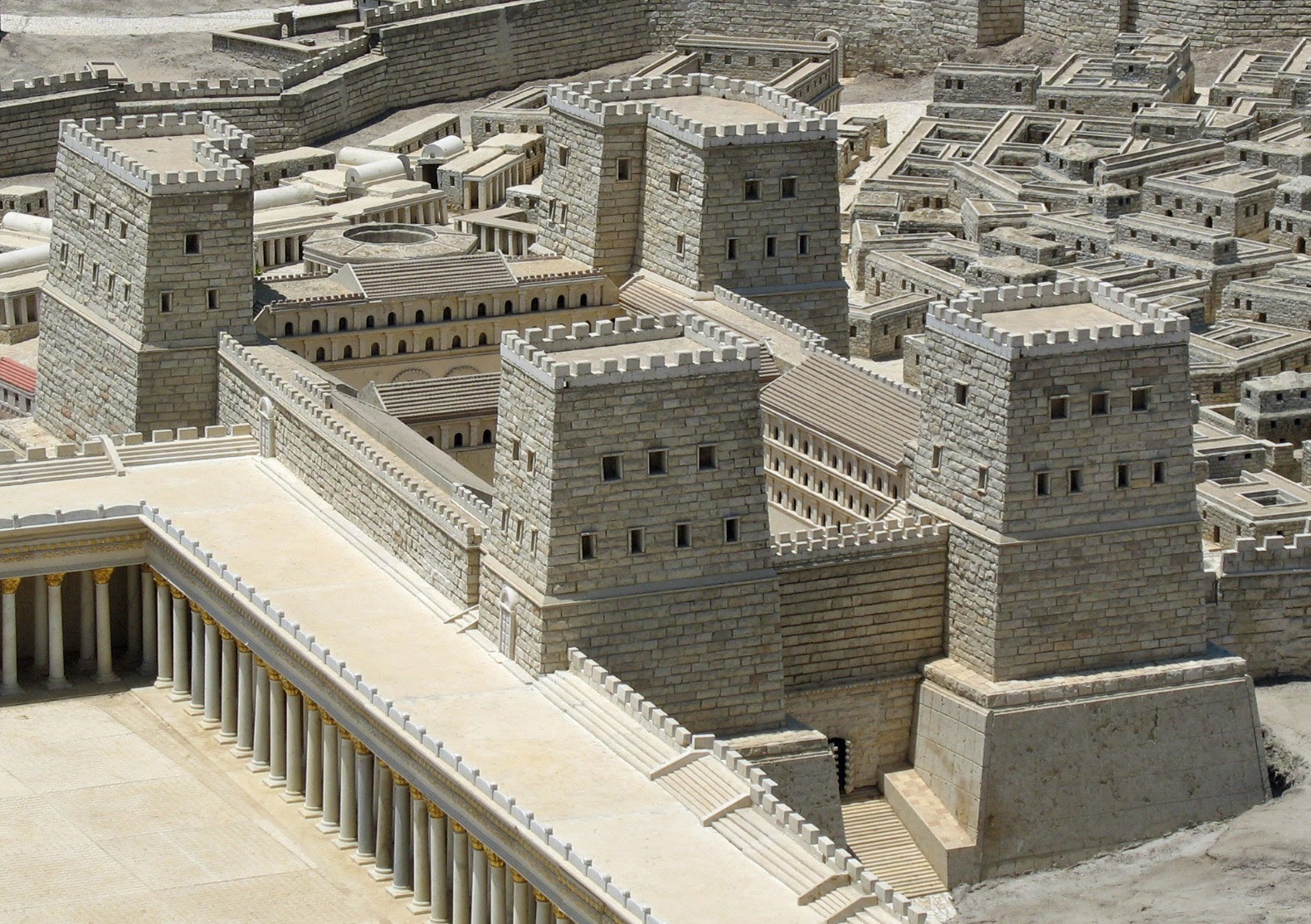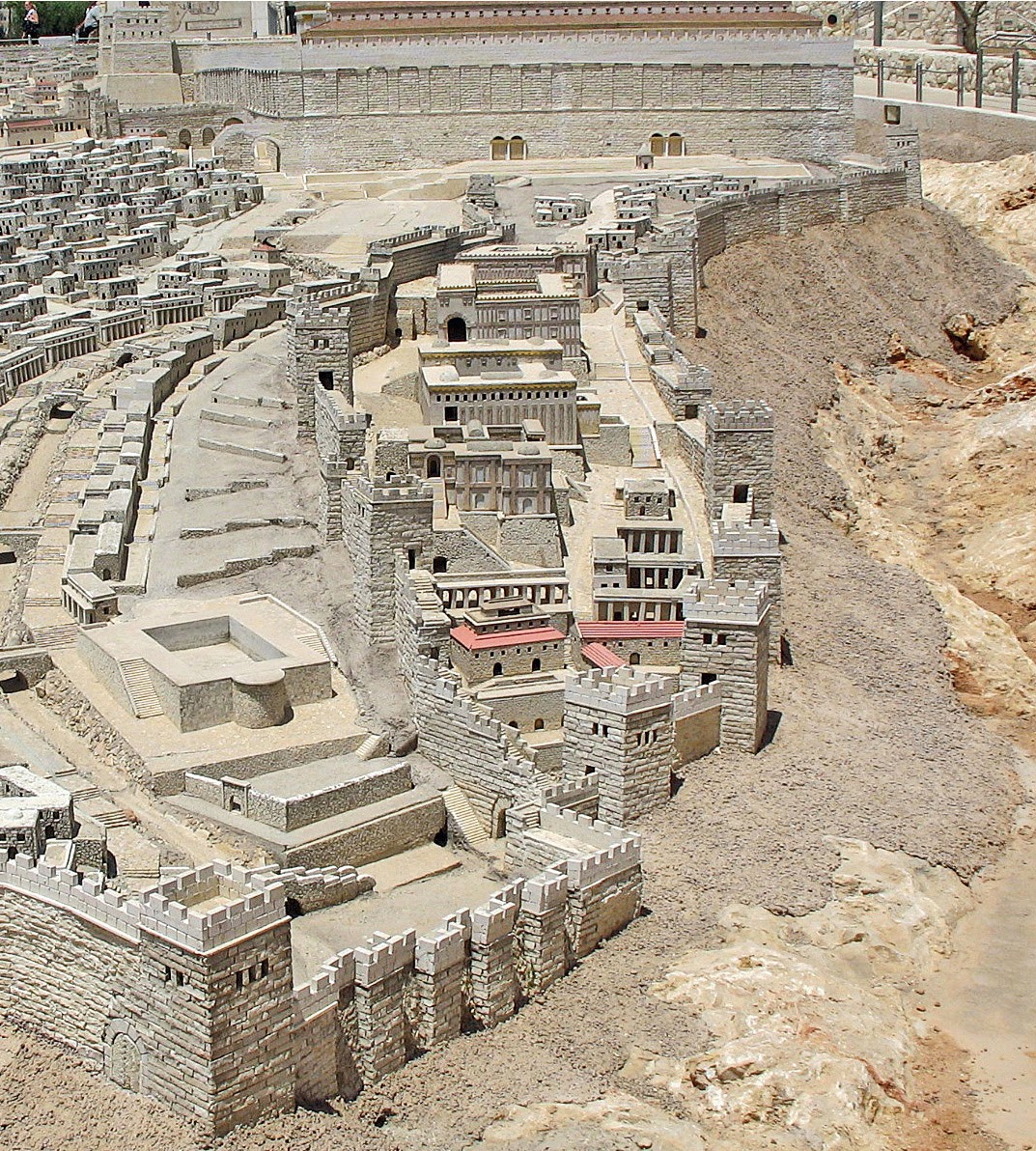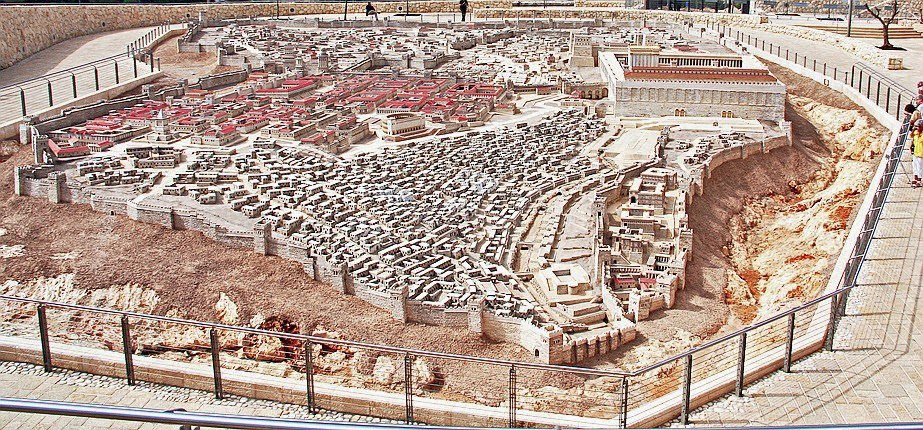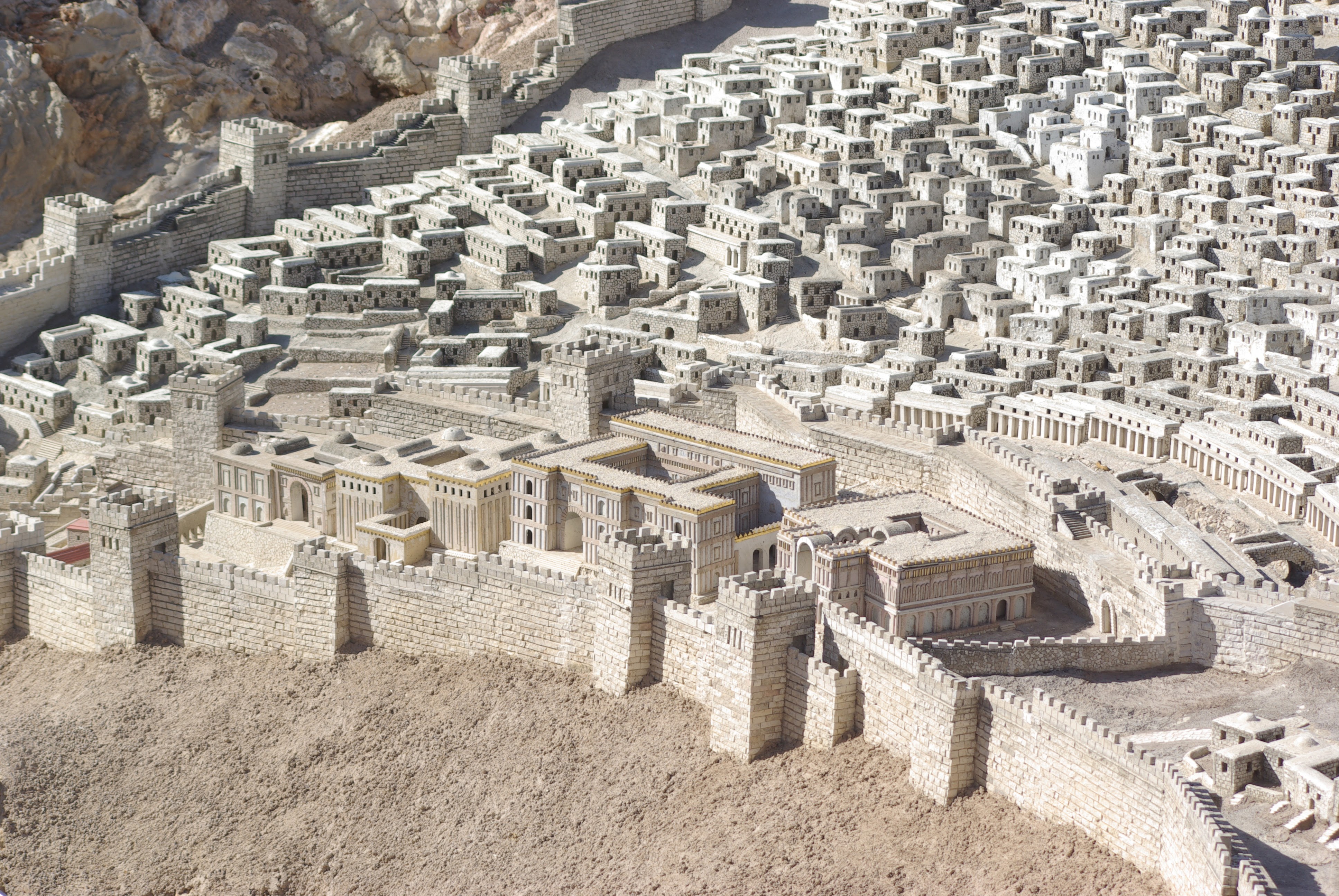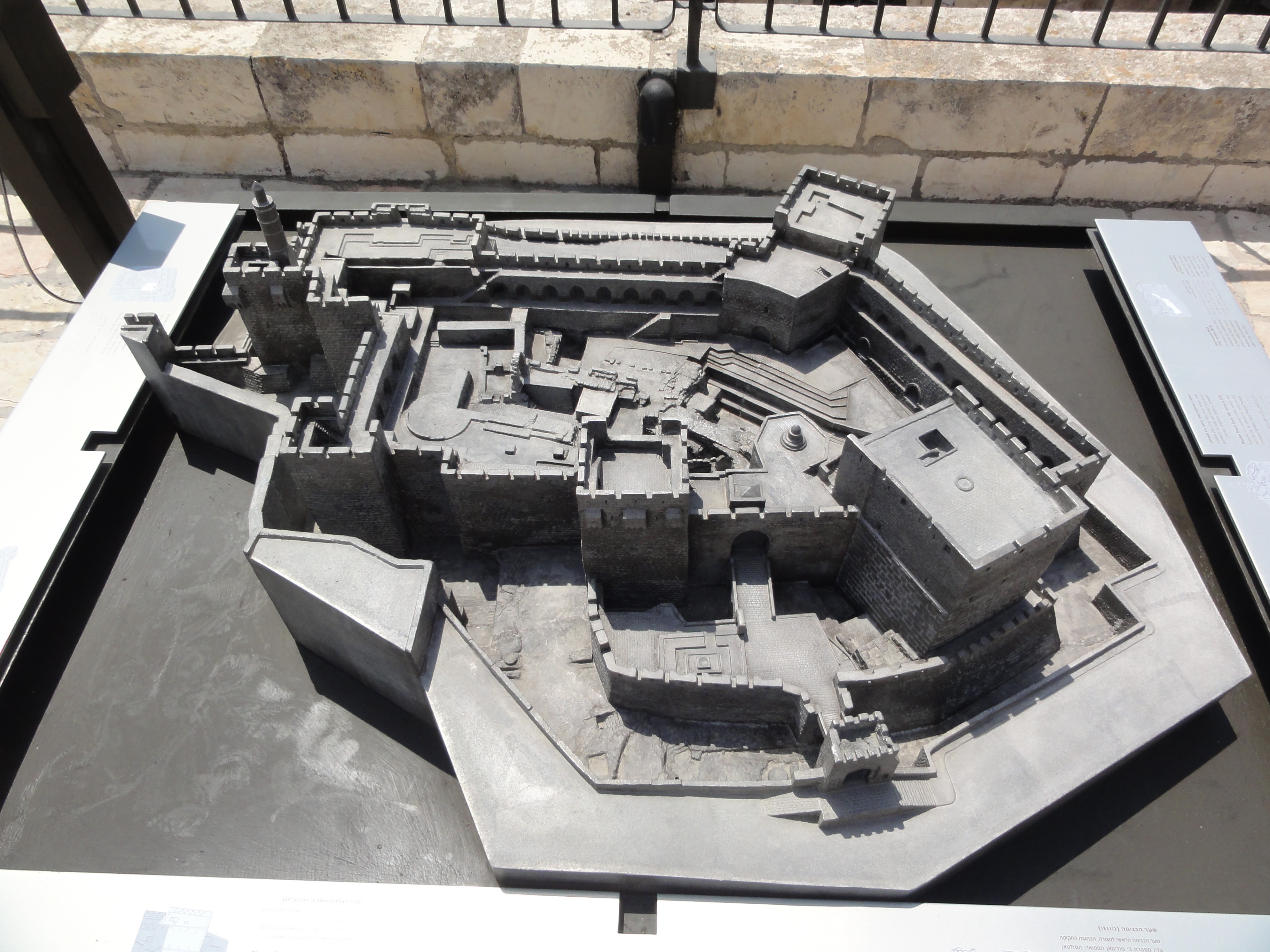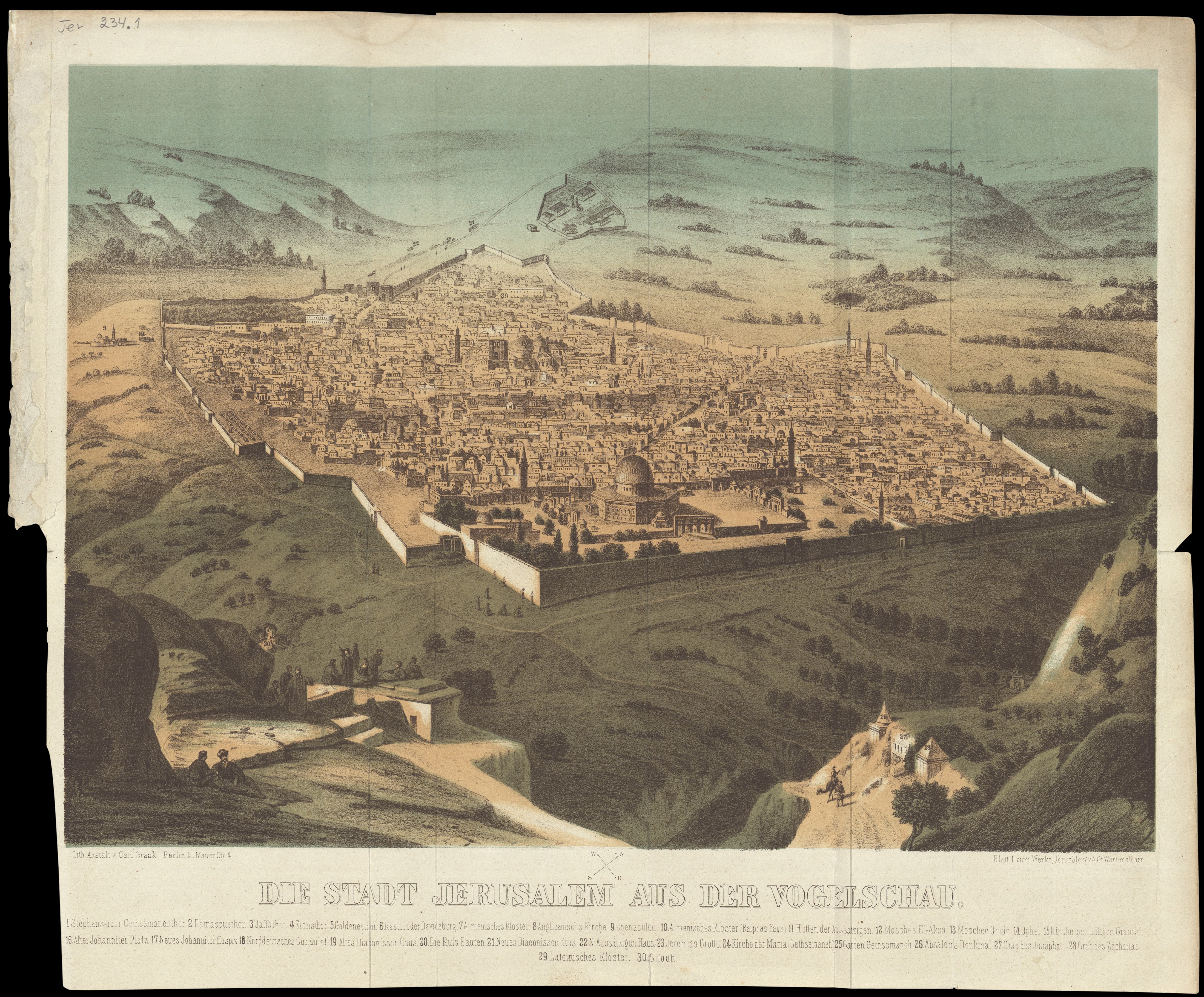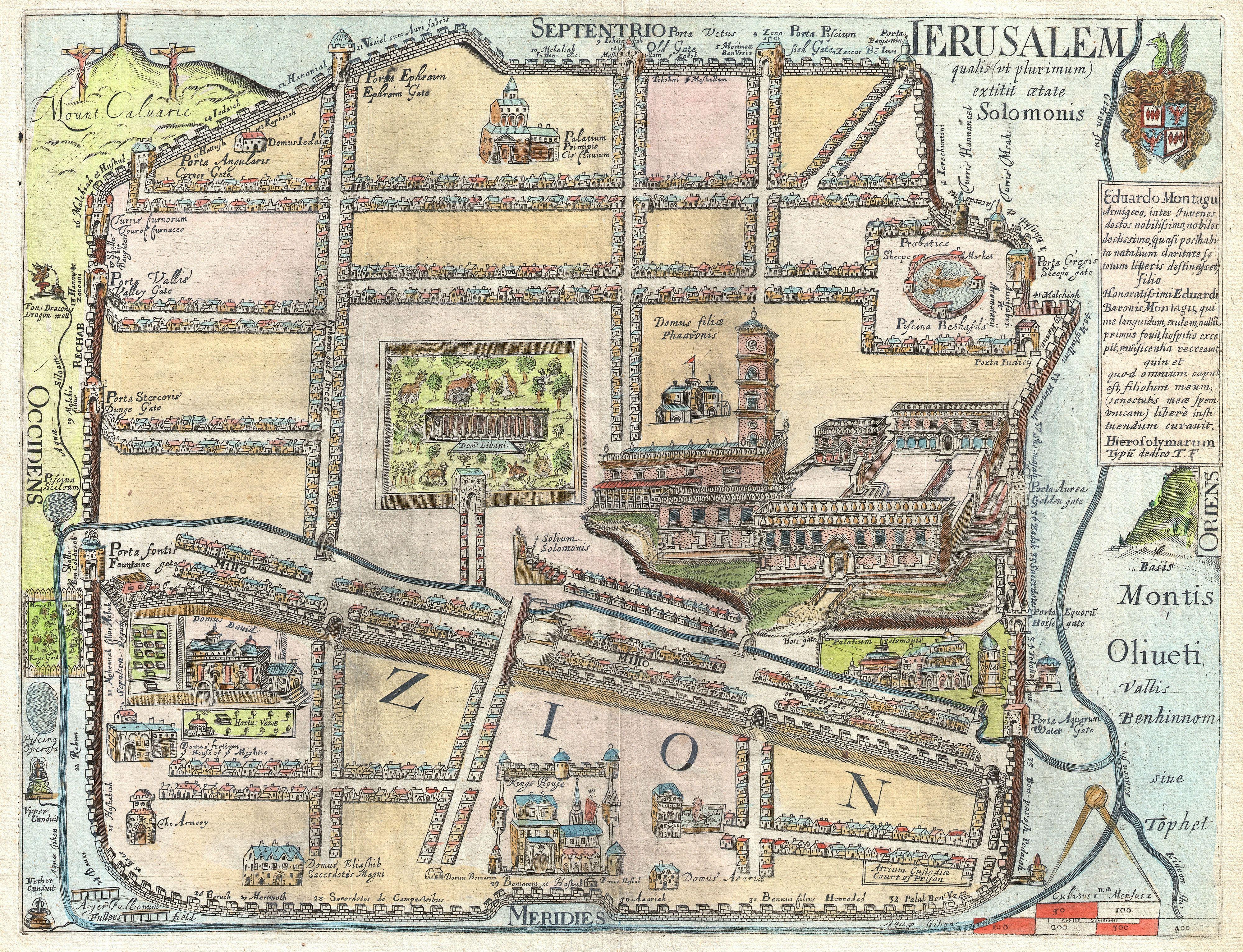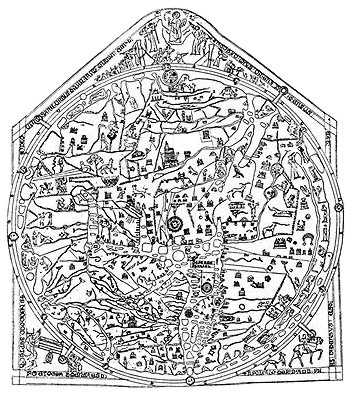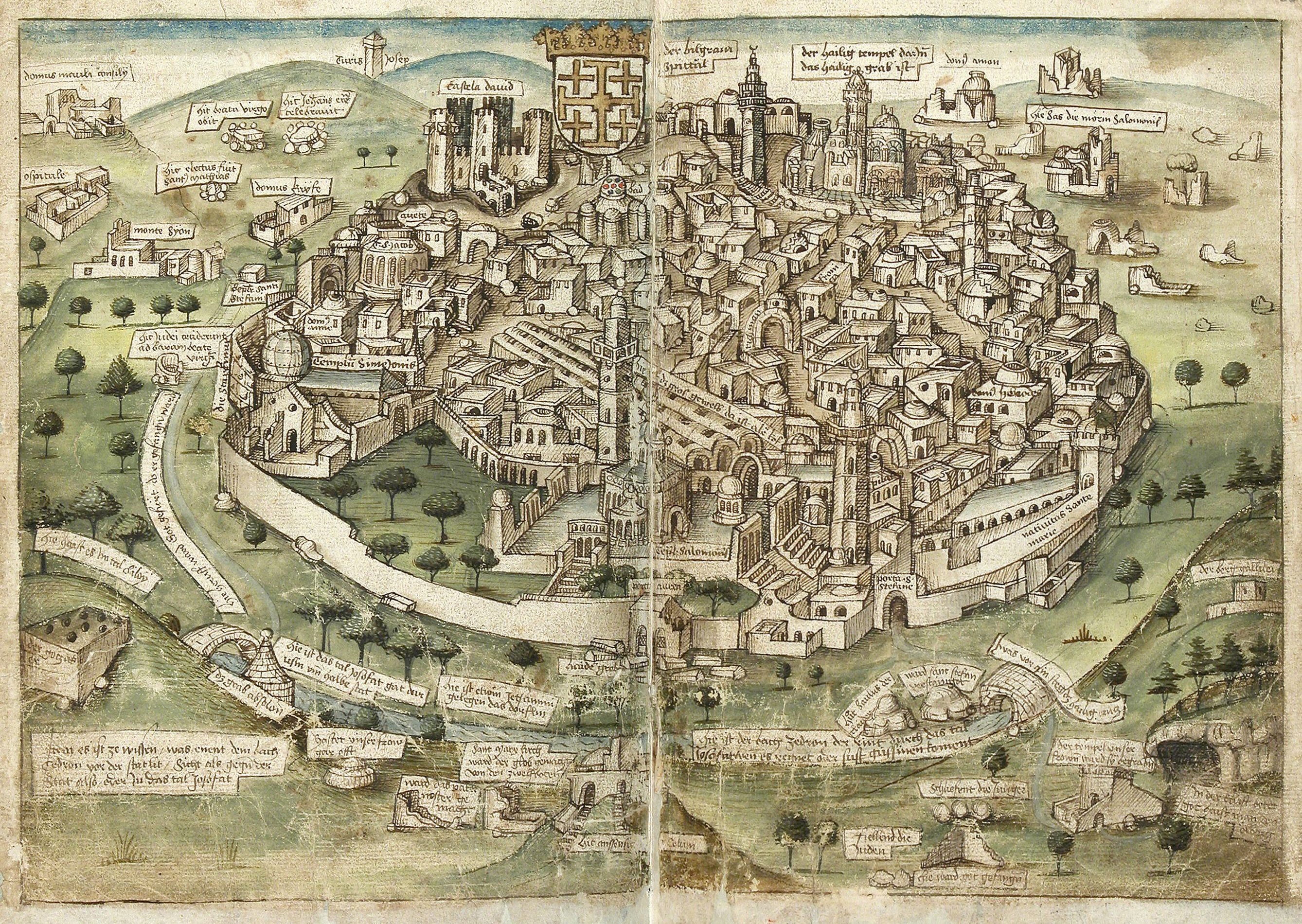How I wrote City of Judas (part five)
How I wrote City of Judas (part five)
Again about the design process of City of Judas. I’d love to hear your opinions – as fellow game designers and as players as well.
First part (intro and inspiration): https://plus.google.com/+DavidePignedoli/posts/EzYVbYncPhT
Second part (starting to design the game): https://plus.google.com/+DavidePignedoli/posts/iMSHo8Cjqat
Third part (playbooks, counters, and moves): https://plus.google.com/+DavidePignedoli/posts/PDjiV3RU5Dp
Fourth part (about the number of moves, and about accepting good advice): https://plus.google.com/+DavidePignedoli/posts/5ZL2cUBMaoz
This time it’s all about the Setting – the crusades, the medieval times, and why the Middle East…
The Setting
When I released the first beta (or actually, alpha) of the game, it already had a very precise setting: the characters are mercenaries, and they start in the area of Jerusalem, in a setting that is a mix of real historical events (such as the crusades) and imaginary ones (the most prominent being the cult of Judas).
What I wanted to achieve was a setting that would stand out as clearly different from the dark “European” fantasy setting that most of the games have. This choice required some sacrifices: there is no Empire, there are no Fantasy Kingdoms with their wars and their nobility, for example, but here the characters are somehow part of an invading force, or anyway forced to cope with a mix of war and politics where it’s very hard to determine who to side with…
There is no space for a dark and cold forest with ogres or goblins – but there are demons, many of them; they’re at work in the dark, influencing the politics of men in power and trying to exploit the weaknesses of the various religious cults. And there are other monsters like Carnivorous Elephants, Sand-worms, Scorpion-men or Horned Wild-cats (for all of those I took some inspiration from the ancient persian and arab monsters).
I felt that the setting had a great potential: both for its intrinsic value and for the simple fact that it is different than others.
The temptation to recycle a more common stereotype was strong (and I guess City of Judas could be also played in such setting with a very minimal adaptation, if you feel inclined to do so). I was actually working on a different system with such traditional setting. But judging by the feedback I received, the choice of the holy land and the crusades was a winner.
Another positive side of the combination of the medieval times and the holy land, is that it presents a subject which is reasonably familiar for most of the players; there’s no need to study some alternative history or geography. But at the same time, since this is not the real history, not the real crusades, it leaves space for improvisation and original stories.
Strongly tied to the setting is the issue of religion and sorcery.
But before we discuss that, here are some questions for you.
What’s your favorite part about the setting or the City of Judas flavor and color?
Did you have a chance to exploit, in terms of fiction material or inspiration, this setting with its very well defined premises?
Do you feel still free enough to improvise, to re-write history with your players?

